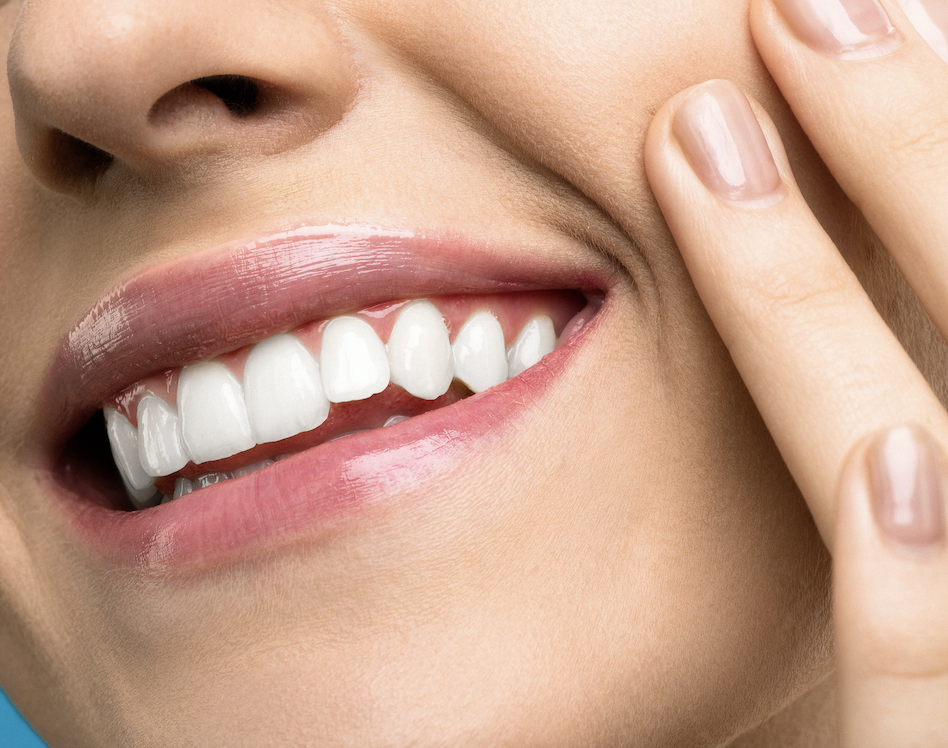
It sometimes seems like our teeth get yellower every year that passes!
While young people often have whiter teeth, that’s not always the case. Genetics have a large part in how much our teeth stain. Every person has a different natural tooth color, brightness, and translucency. Our habits also have a lot to do with how white our teeth are. Smoking, drinking a lot of coffee/wine, and even certain medications can affect our tooth color.
Yellow teeth can make people of all ages a bit self-conscious about their smiles and cause them to start hiding their teeth as much as possible. But that doesn’t have to be the case. Everyone should have a smile they are proud of, no matter what age they are.
Here’s what teeth whitening might look like throughout various stages in life.
Children
Children’s smiles significantly in their early years. This is due to their jaws lengthening or thickening, loss of baby teeth, and growing adult teeth. Because of these changes, most dentists recommend avoiding teeth whitening before a child loses all their baby teeth. This usually happens at around 11 to 12 years old. By 14, most kids will have lost all their baby teeth, and you can begin to think about teeth-whitening solutions. In general, though, it’s better to wait as it can take time for a child’s enamel to develop fully.
Teenagers
As kids move into their teen years and start to become more aware of their looks, many of them want to get teeth whitening treatment. If they have all their adult teeth, teens may begin to think about their options. However teeth whitening solutions that contain more than 0.1 percent of hydrogen peroxide are not allowed for people younger than 18 years old. This limits a teen’s options, but that doesn’t mean there aren’t things they can do. Ask your dentist what they recommend for treatment. They may recommend lighter solutions or encourage more preventative actions.
Adults
Tooth discoloration starts to become more noticeable once you reach your 20s and 30s. So, it’s no wonder that many people in this age range want to get their teeth whitened! At this stage and beyond, you have the option to get in-office teeth whitening or at-home teeth whitening supervised by a dentist.
There are some situations, however, that are more complicated and may require a consultation with a dentist to know if you’re a good candidate for teeth whitening, or if they have another recommendation. These include:
- Pregnancy: Teeth whitening is not recommended for pregnant or lactating women.
- Sensitivity: People with sensitive teeth and gums or receding gums should talk to their dentist before any teeth whitening treatment.
- Allergies: Some people are allergic to peroxide, which is the teeth-whitening agent in bleaching gels. These people should avoid teeth whitening.
- Gum disease, cavities: People with gum disease or activities should also typically avoid teeth whitening because the whitening agent can cause significant sensitivity.
- Restorations: Dental restorations such as crowns, veneers, bonding, and bridges do not whiten. So, whitening the surrounding teeth can cause uneven whitening.
- Darkly stained teeth: Brownish, grayish, or purplish-stained teeth don’t respond as well to teeth bleaching, so it’s important to understand the limitations of teeth whitening.
How does teeth whitening work
If you decide that you’re past the point of prevention and you would like to get your teeth whitened, it’s important to understand how teeth whitening a dentist works. There are two options: take-home teeth whitening and in-office teeth whitening. For take-home teeth whitening, your dentist will provide you with gel-infused bleaching trays that you wear for a few hours daily. While this seems similar to the types of products you can buy at home, store-bought versions don’t work as well, and you don’t get the benefit of having a dentist supervise the bleaching process to make sure everything is going as expected.
For in-office teeth whitening, you can fast-track the process and have your teeth whitened to your desired color right then and there. The procedure, in which the dentist will apply a whitening gel to your teeth, lasts about an hour.
After your treatment, you may feel some teeth or gum sensitivity that is typically short-lived.
Preventing tooth discoloration
While not all stains are possible to prevent, there are steps you can take to prevent tooth discoloration at any age.
- Brush your teeth two to three times daily using a soft-bristled brush and fluoride toothpaste.
- Floss your teeth once a day.
- Avoid foods and drinks, like coffee, tea, and red wine, that are known to stain teeth.
- Rinse your mouth after consuming beverages that could potentially cause tooth discoloration.
- Drink plenty of water.
- Quit smoking.
- Maintain regular visits to your dentist for routine cleanings and examinations.
Visit Dr. Ruiz & Associates, Inc for teeth whitening in Burbank, CA
If you’re looking for teeth whitening in Burbank, CA, visit Dr. Ruiz & Associates, Inc. Dr. Ruiz is a respected dentist, educator, and researcher who has even developed a smile design technique that dentists all around the world use. You will be warmly greeted by our amazing and professional staff. Check out our Google reviews and call us for an appointment!




